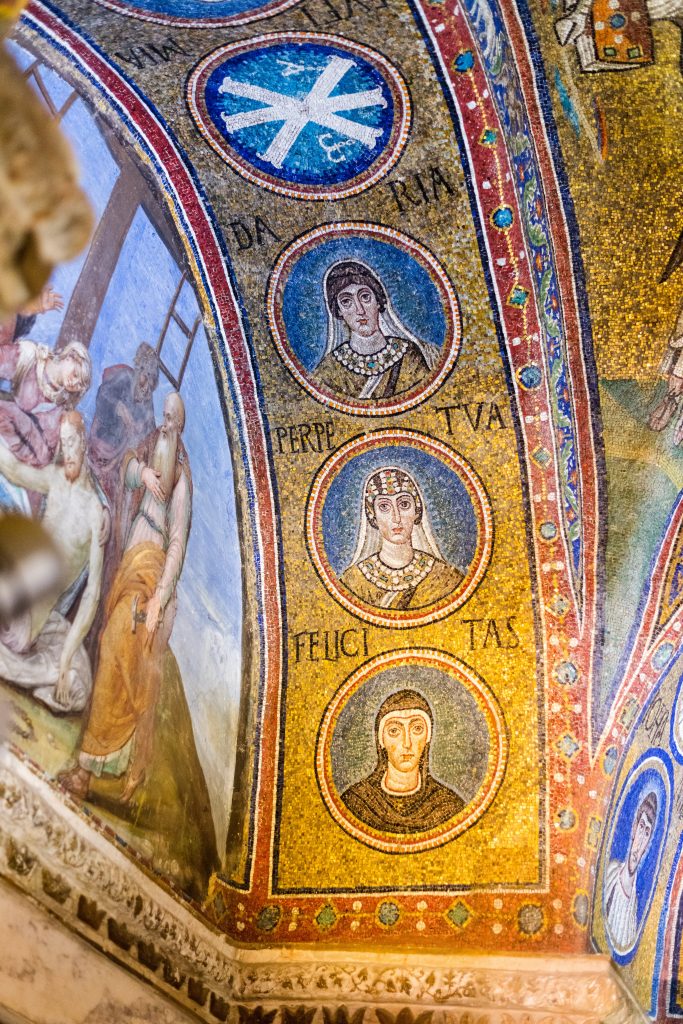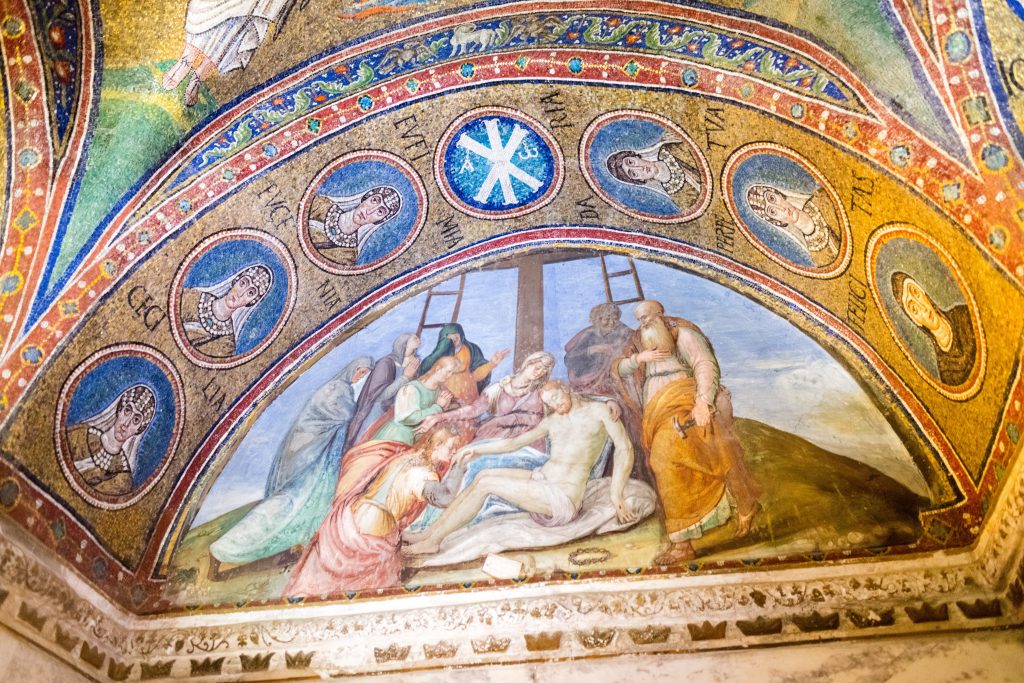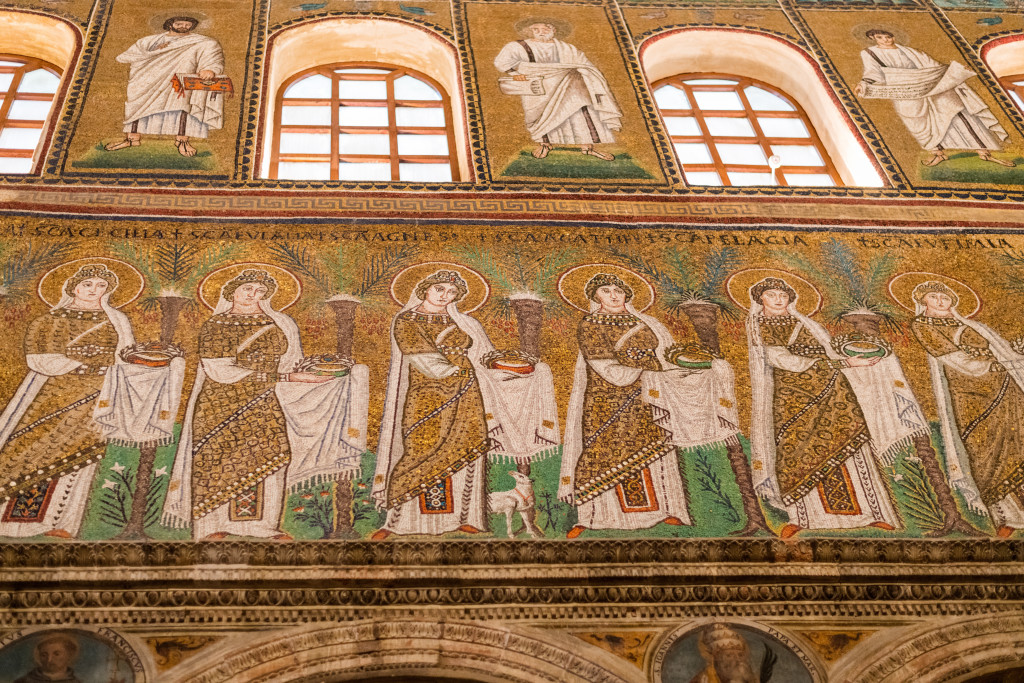Felicitas of Rome
3rd Century Martyr
In The Passion of Perpetua and Felicity, we learn that Felicitas was an imprisoned, Christian slave woman of ancient Rome awaiting execution with fellow believers in the early third century. Her story is embedded within the larger narrative of Perpetua and their fellow prisoners. Part of this passion account may be from Perpetua’s direct diary, which includes her visions and experience with her father (see the biography on Perpetua). The account also includes a vision from Saturus, another prisoner, as well as information from an outside editor.



Biography – We do not know much about the life of Felicitas or who her slave master was, but we do have a vital detail that we cannot skip over: she was eight months pregnant in the prison. As a pregnant woman, she could not be sent to the arena. Rather, she had to wait until after she gave birth, as Roman law outlawed pregnant women to be executed. Felicitas did not recant her faith in hopes of perhaps being released from prison and raising her child. Instead, she remained dedicated to her belief in Christ’s resurrection. As such, her fellow prisoners prayed for an early labor, which would allow her to be executed alongside her Christian family rather than waiting to be sent out with other criminals. Their prayers were answered, and she goes into preterm labor.
The editor recounts Felicitas’ experience giving birth in the prison, which Perpetua previously describes as hot, dark, and full of cruel guards. This environment compounded with the risk of preterm labor in the ancient world certainly created a difficult birth experience for Felicitas. In fact, amid labor, a guard taunts her and the pain that she experiences. If she cannot handle this labor, he says, how will she handle the pain of death in the arena? Felicitas’ response is powerful, and she retorts back, “I myself now suffer that which I suffer, but there another shall be in me who shall suffer for me, because I am to suffer for him.” This reflects the early church followers’ belief that if they suffer for Christ, they will certainly be resurrected with him. Miraculously, Felicitas delivers a baby girl who is passed off to a fellow sister to raise.
Just days later, Felicitas is sent into the arena with her fellow Christians. She and Perpetua are stripped naked, and the crowd is astonished at her seeing her body – her breasts drip with milk, and she is showing signs of having recently been in labor. This theme of milk is present throughout the passion account: Perpetua breast fed her son in the prison, and in her first vision, she receives milk curds from a shepherd – a Eucharistic image. The editor notes than in the arena, Felicitas “came now from blood to blood, from the midwife to the gladiator, to wash after her travail in a second baptism.” Despite leaving her child to be raised by another Christian, Felicitas held tightly to the promises of Christ that he would be inside her as she travails her martyrdom.
Felicitas and those with her willingly embraced their imminent death. Such a testimony has been a deep encouragement to the persecuted early church as well as the church today. The death of Felicitas has continually been celebrated on March 7 – the day of her passion in c. 203 – she was referenced in sermons by Augustine, and she is part of the canon of the Catholic church.
Resources:
- Cohick, Lynn H. & Amy Brown Hughes, “Perpetua and Felicitas: Mothers and Martyrs.” In Christian Women in the Patristic Word: Their Influence, Authority, and Legacy in the Second through Sixth Centuries. Grand Rapids: Baker Academic, 2017.
- The Passion of Perpetua and Felicity. Translated by W.H. Shrewing. London, 1931. https://sourcebooks.fordham.edu/source/perpetua.asp
